A Short Preview (Login to Access the Full Interview):
Farrell: “They seem to come out with these hot fusion announcements every time the market is in trouble.”
Fitts: “Right. Every time the dollar is falling, they need to prove that they can increase productivity, and it’s going to come through breakthrough energy.”
~ Dr. Joseph P. Farrell and Catherine Austin Fitts, 2nd Quarter 2023 Wrap Up, News Trends & Stories, Part I
By Catherine Austin Fitts
With the help of allies like Patrick Wood, the Solari Report has sounded the alarm about technocracy for many years, explaining that one of technocracy’s core features is central management of all resources, including energy. As the centralization push accelerates, the importance of understanding energy reality (as opposed to “official reality”) has become increasingly evident.
For that reason, I invited independent energy consultant and systems engineer Charlie Stephens to give Solari subscribers an overview of energy in the 21st century. In Part I, we consider various energy sources and the important concept of “energy return on investment” as well as unanswered questions about breakthrough energy.
In Part II, we dive further into the weaponization of environmental and climate concerns—and the monetary and fiscal policies that make that weaponization go. We also talk about the enormous energy costs of the control grid. Finally, we emphasize that our ability to shift from unproductive and destructive energy policies to something more positive and intelligent depends on a shift to lawful and transparent governance and regenerative agriculture.
Energy is a critical variable that shapes our day-to-day experience in a myriad of ways. Listening to these two interviews will help you navigate the flood of confusing debate and propaganda on this topic.
Money & Markets:
This is the last week of the month, so there is no Money & Markets. The next Money & Markets will publish on September 7. Post questions at the Money & Markets commentary here.




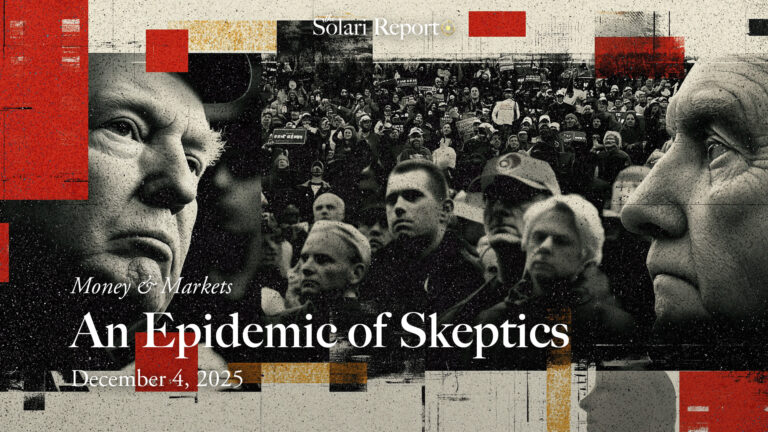


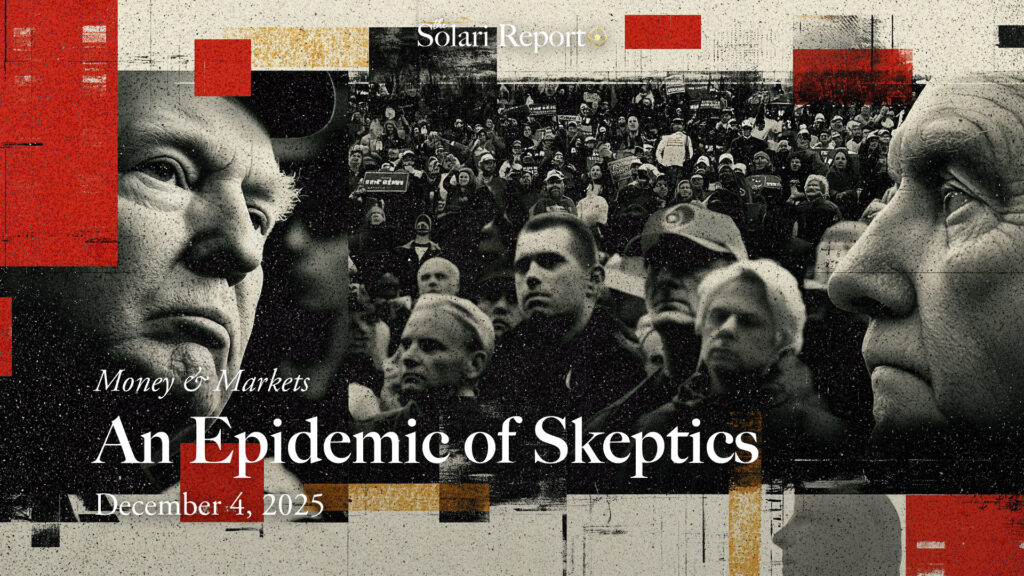







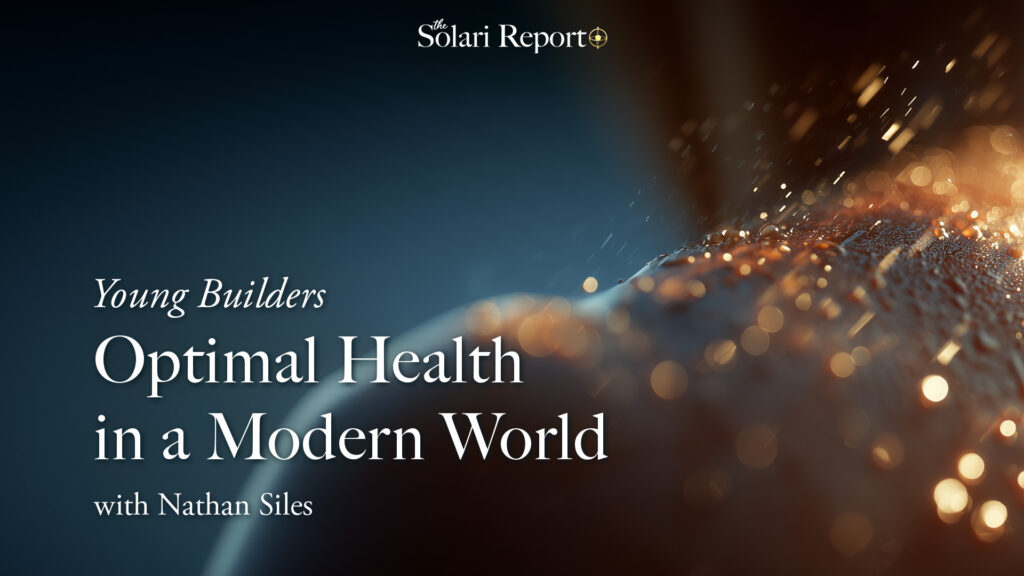
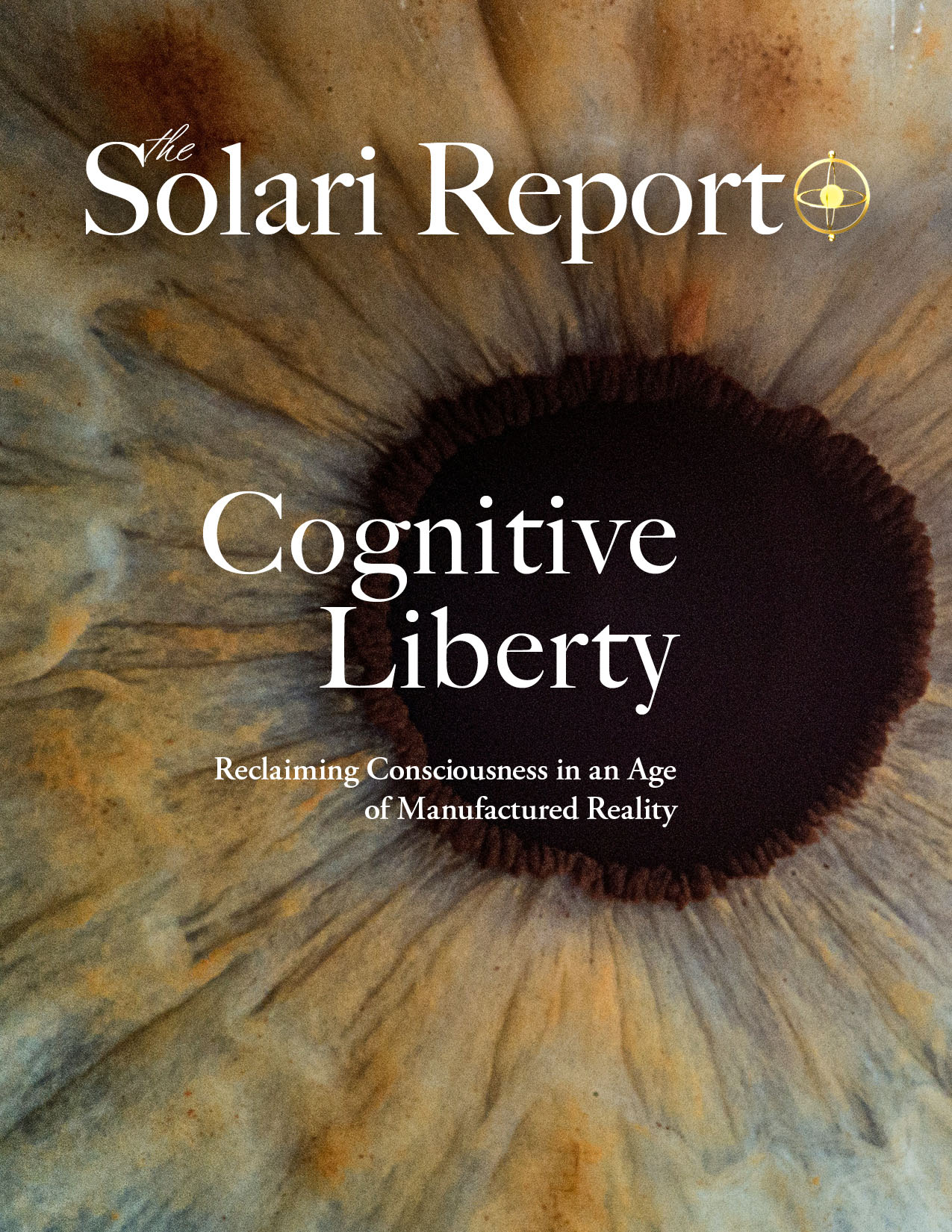
















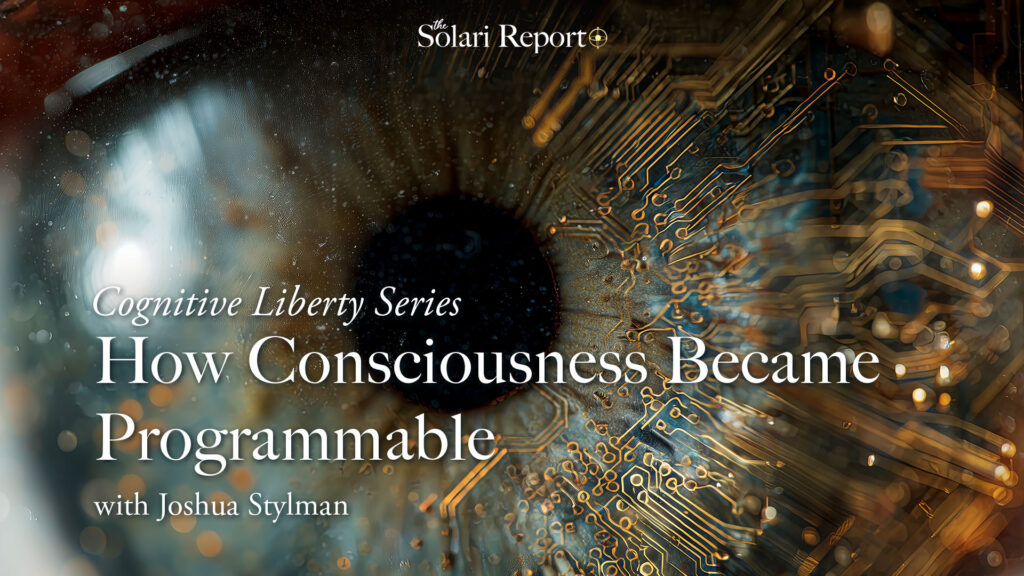
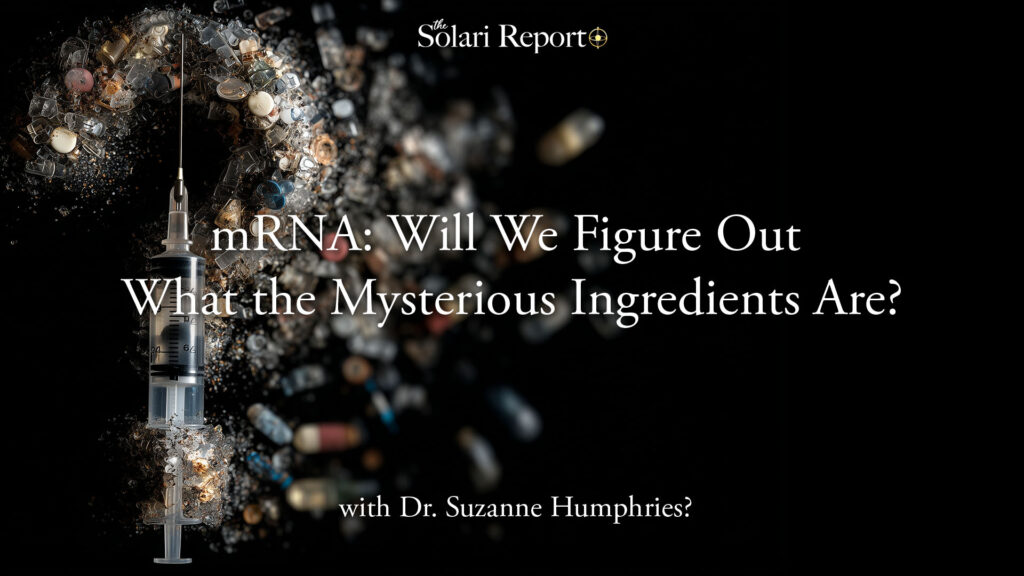
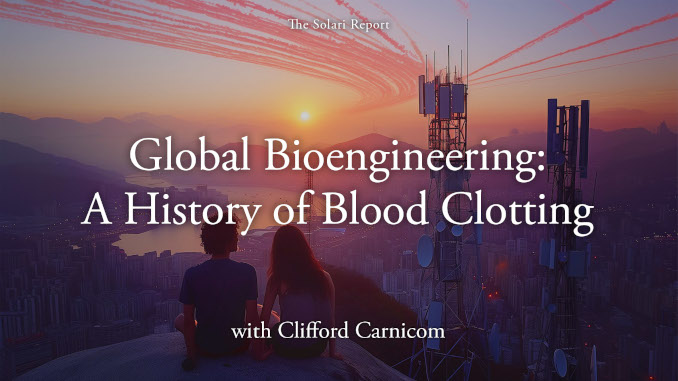

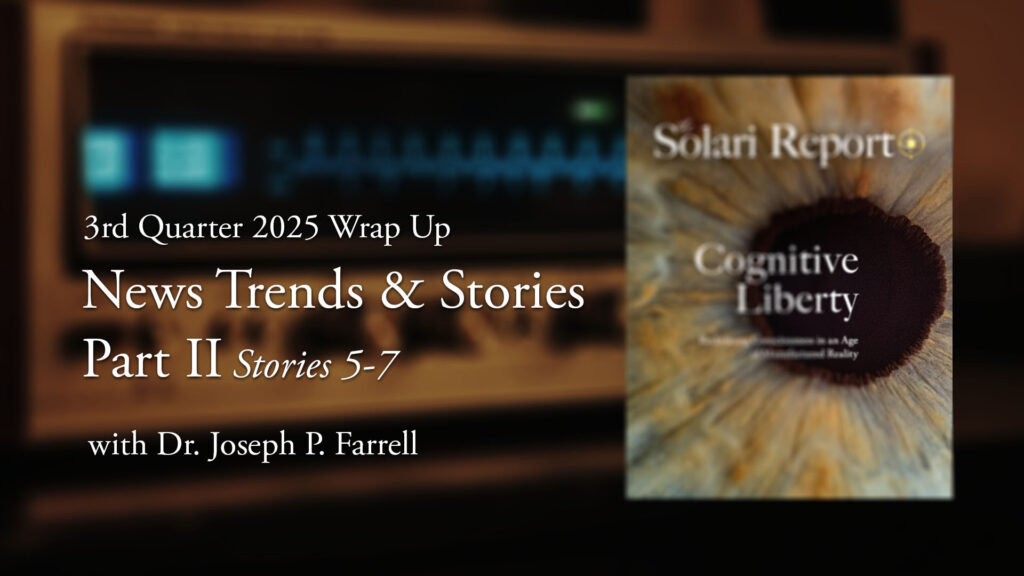
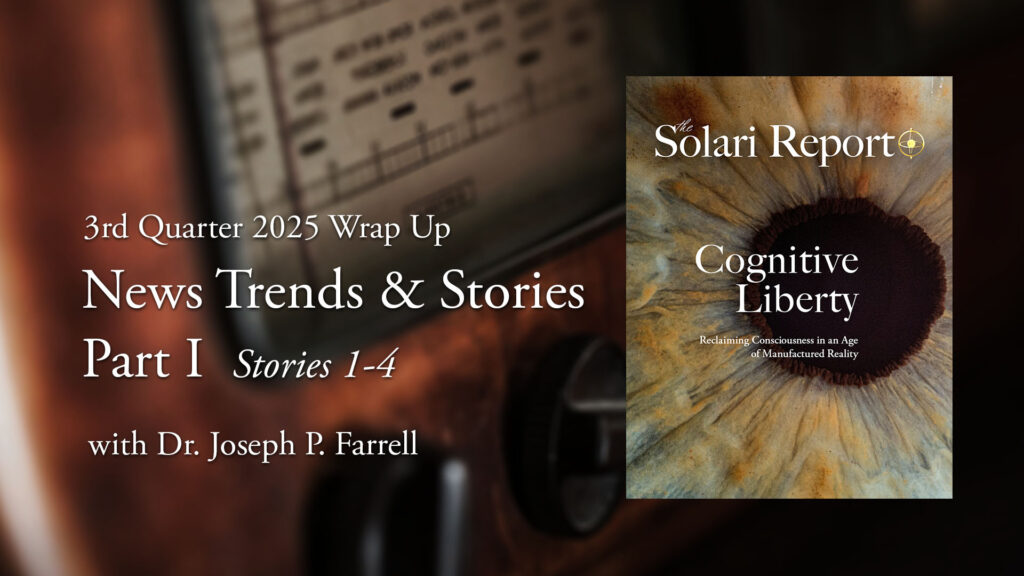
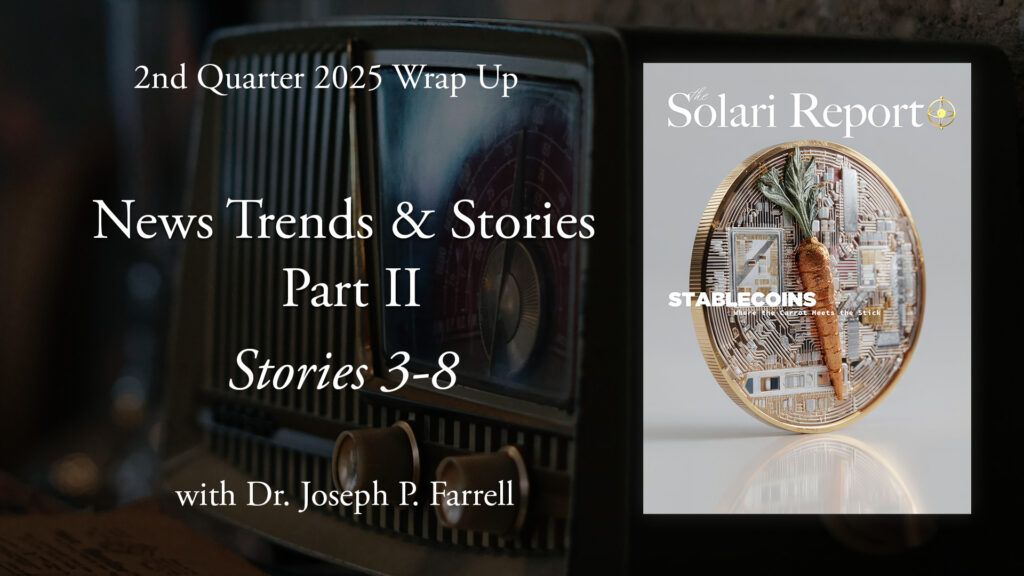
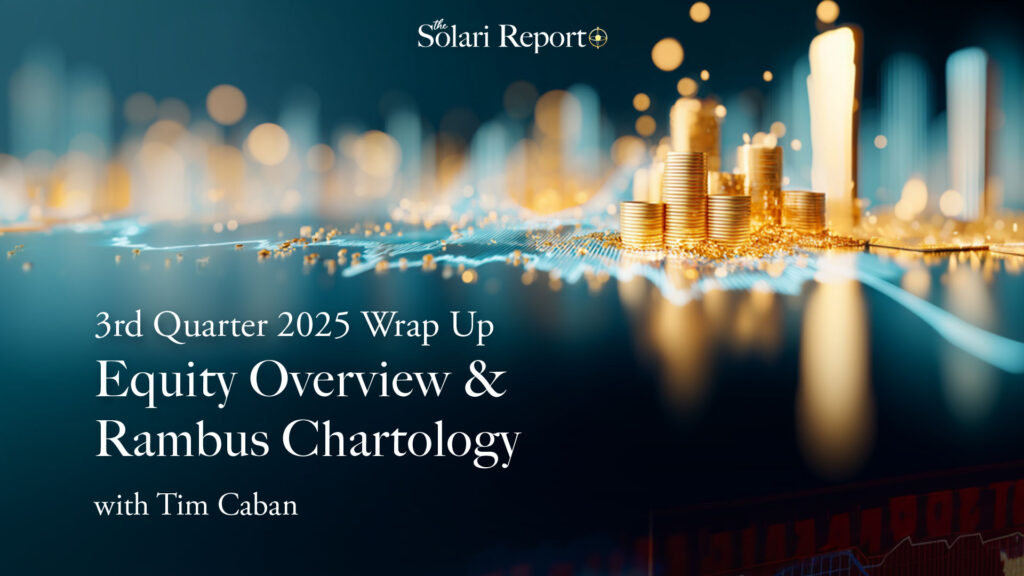
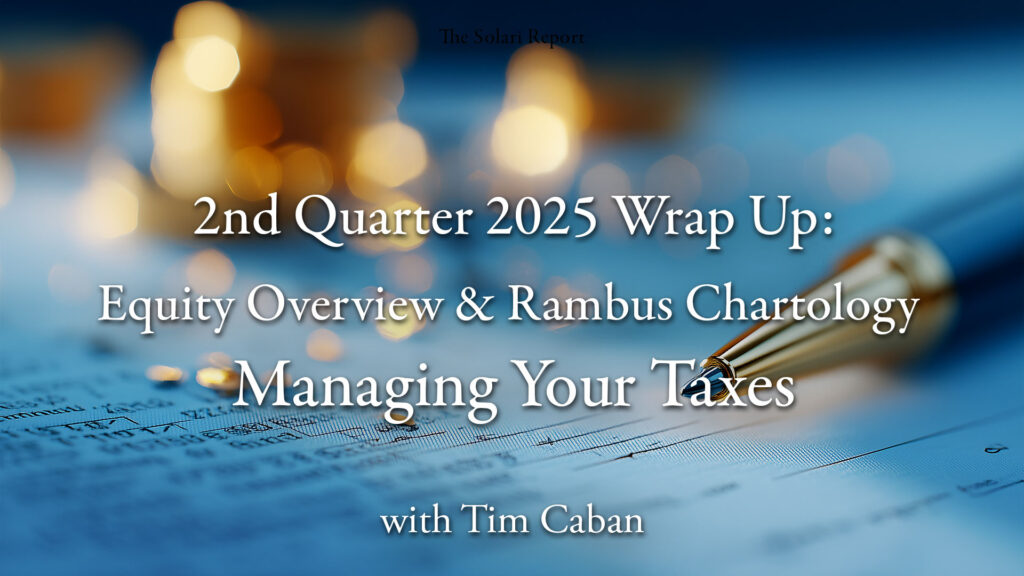
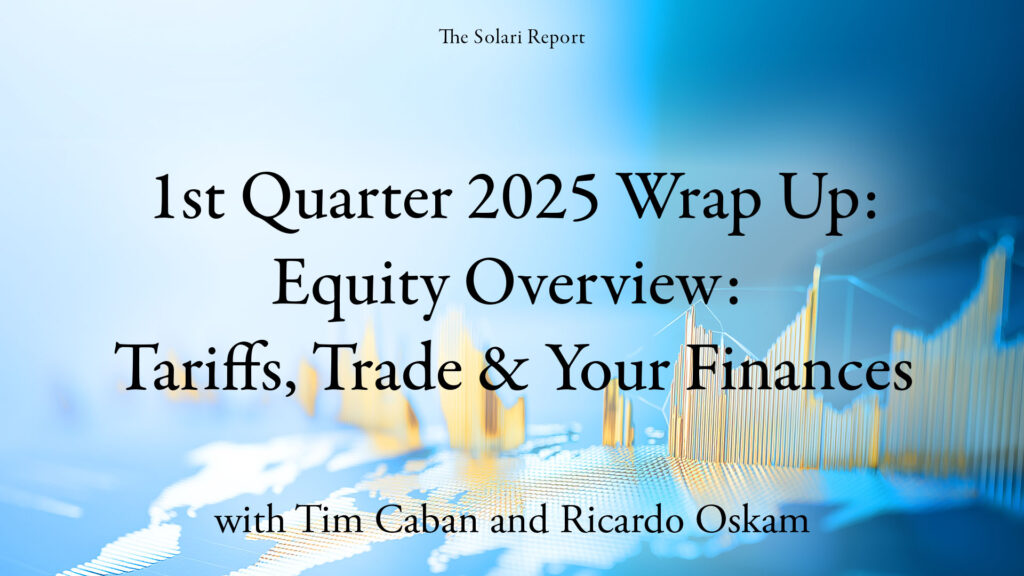



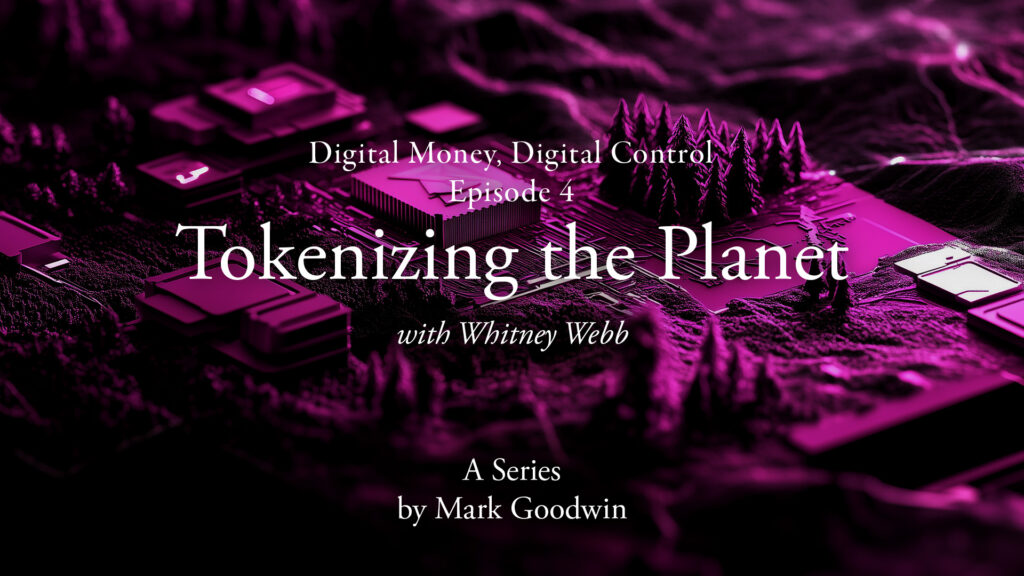
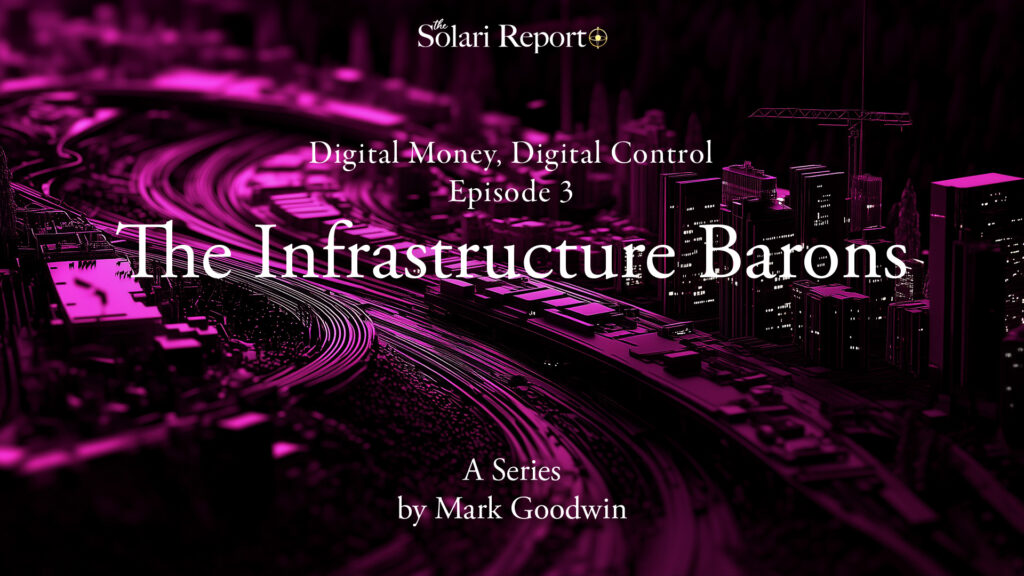
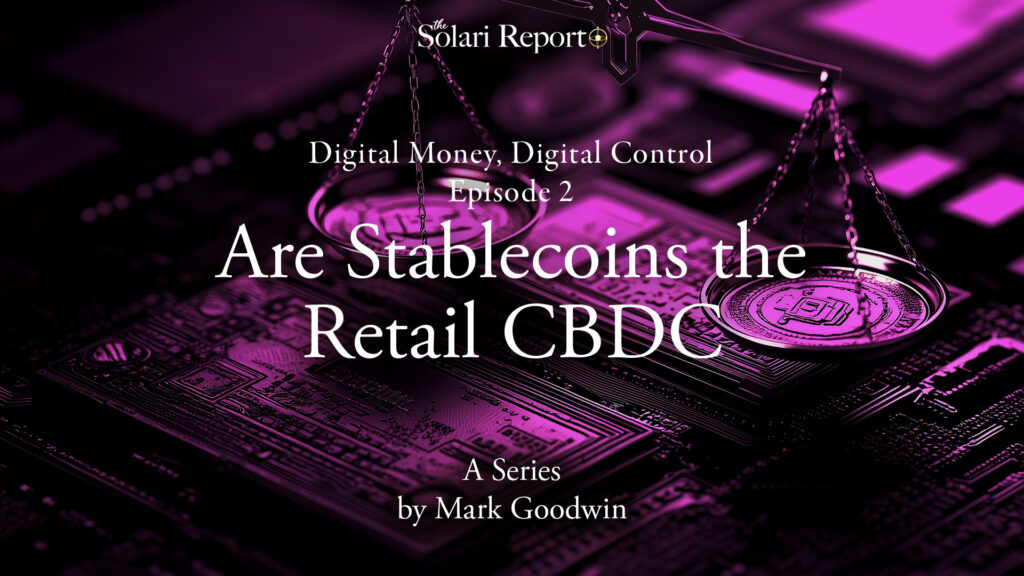
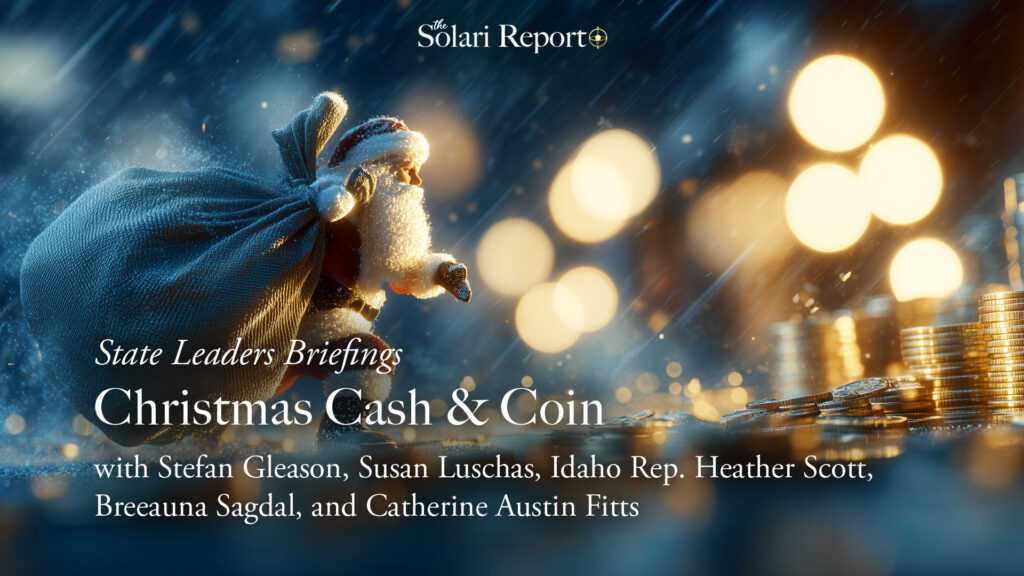
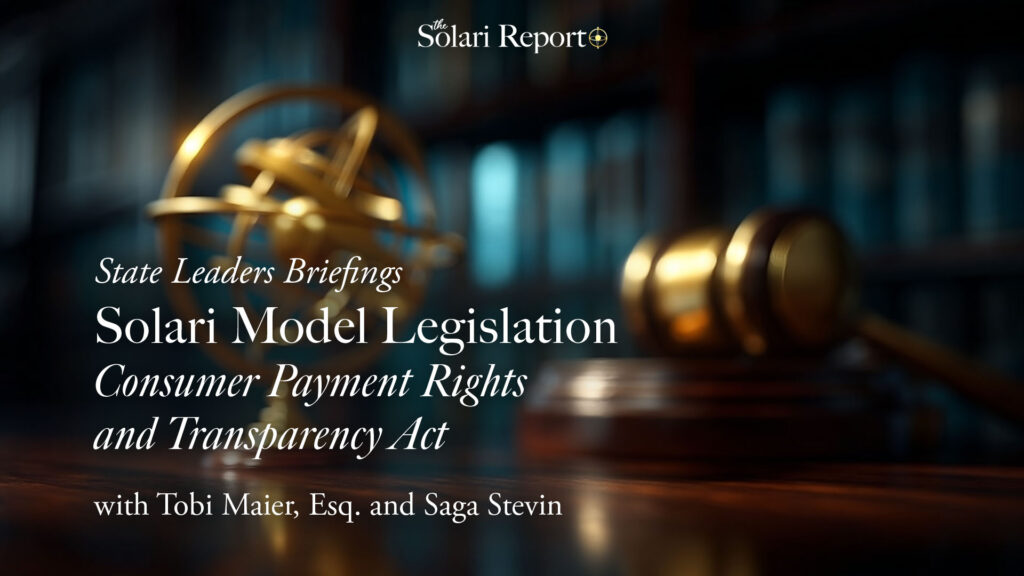

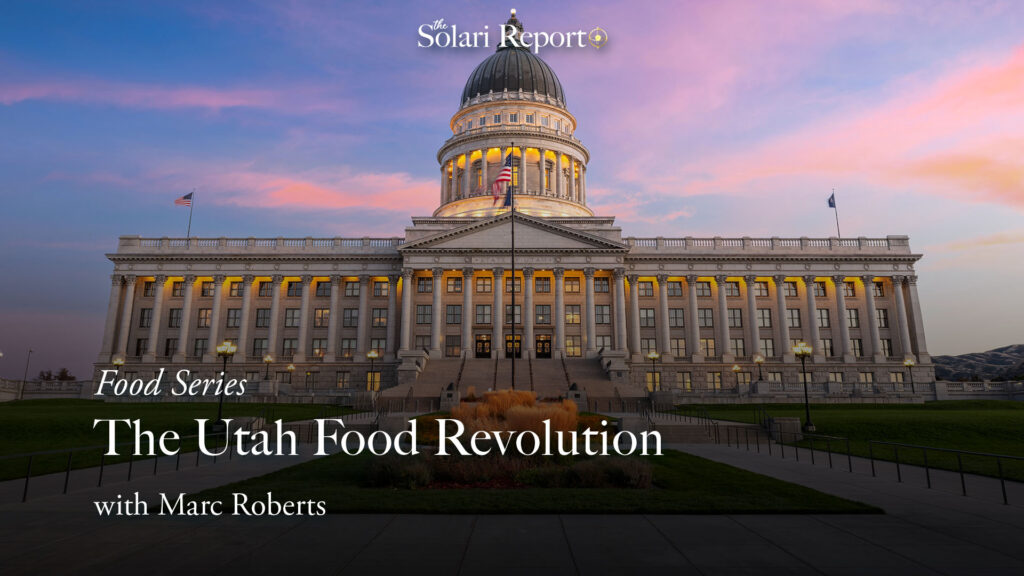

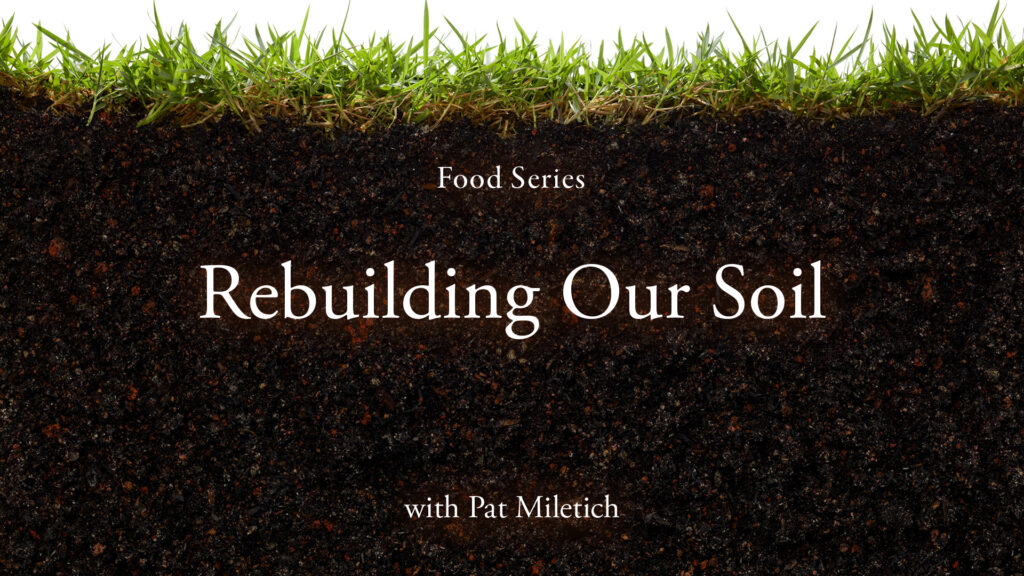



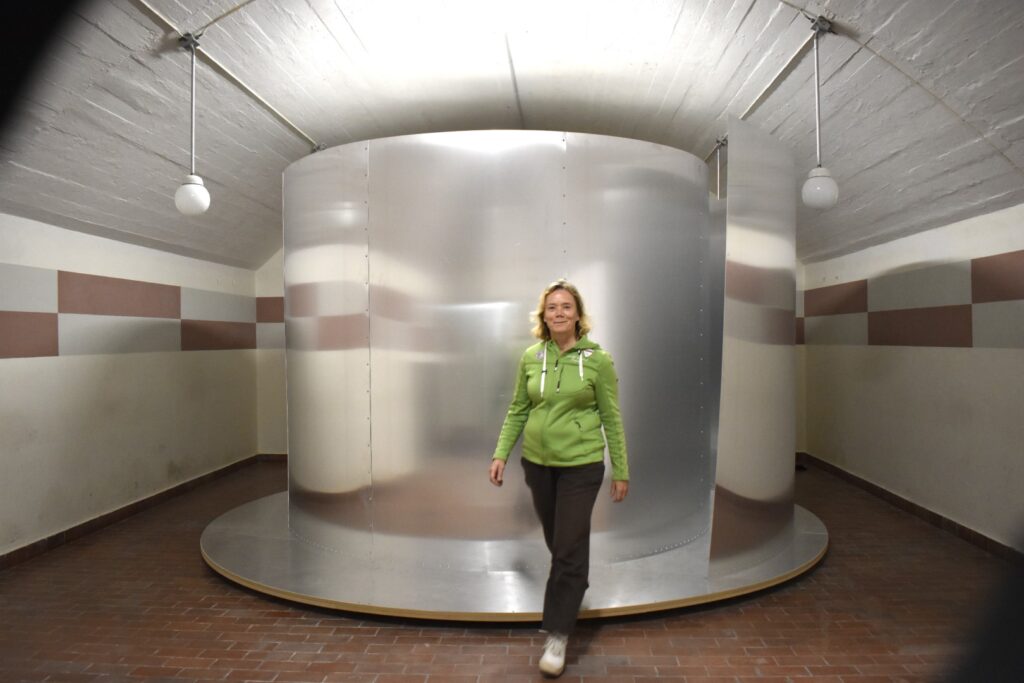






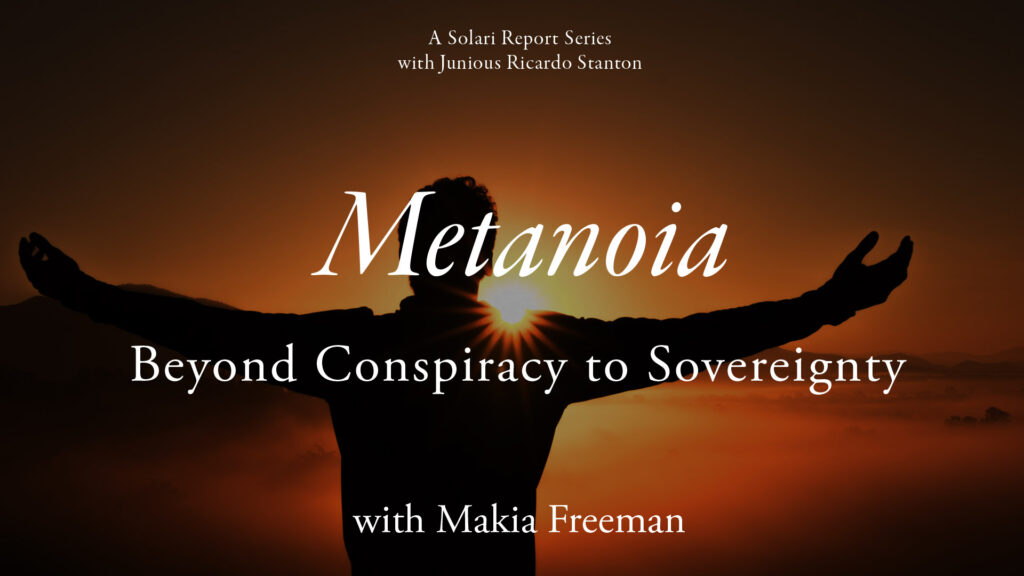
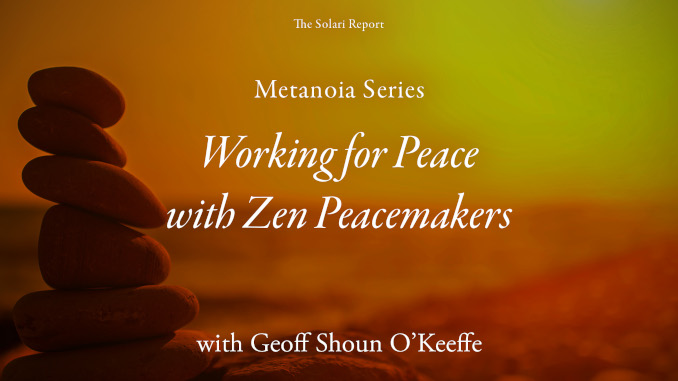




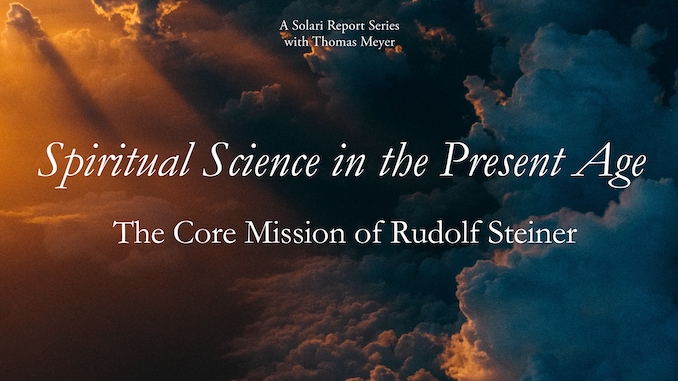
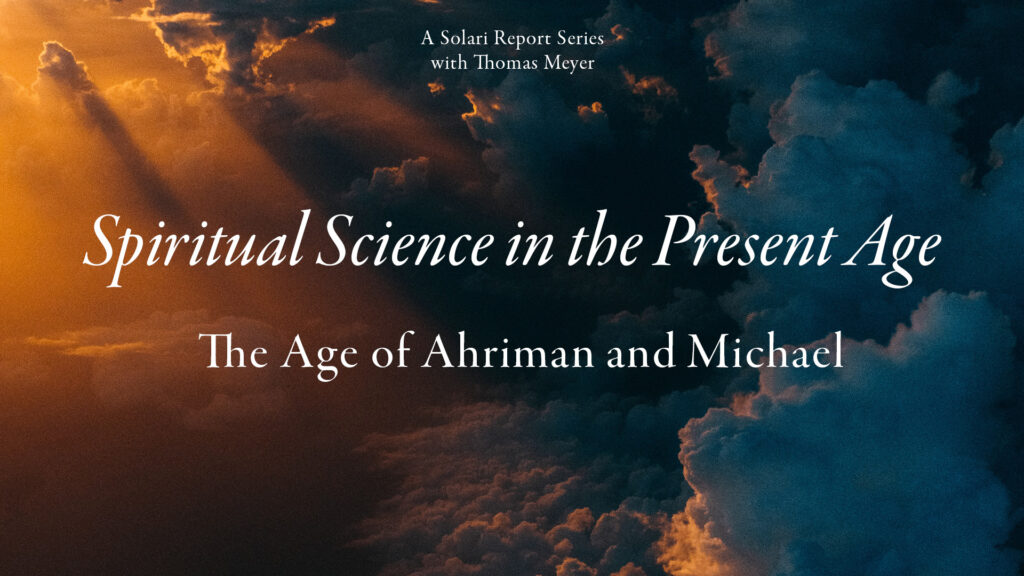


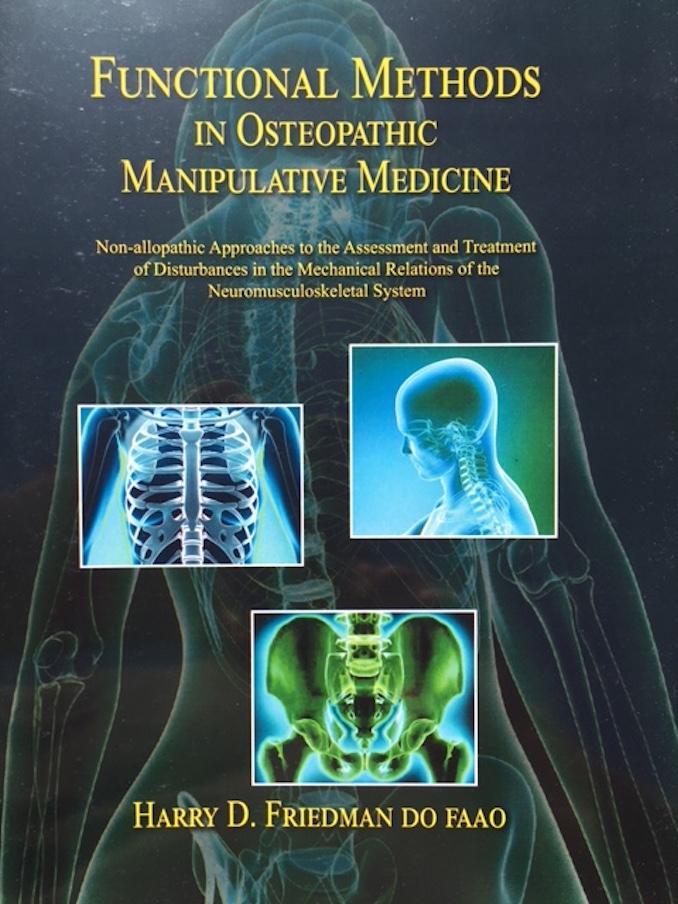







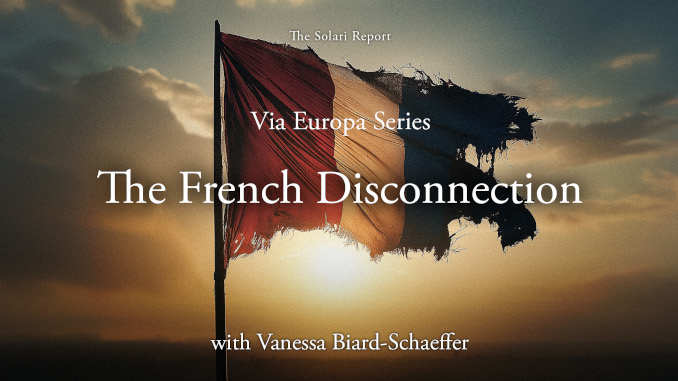













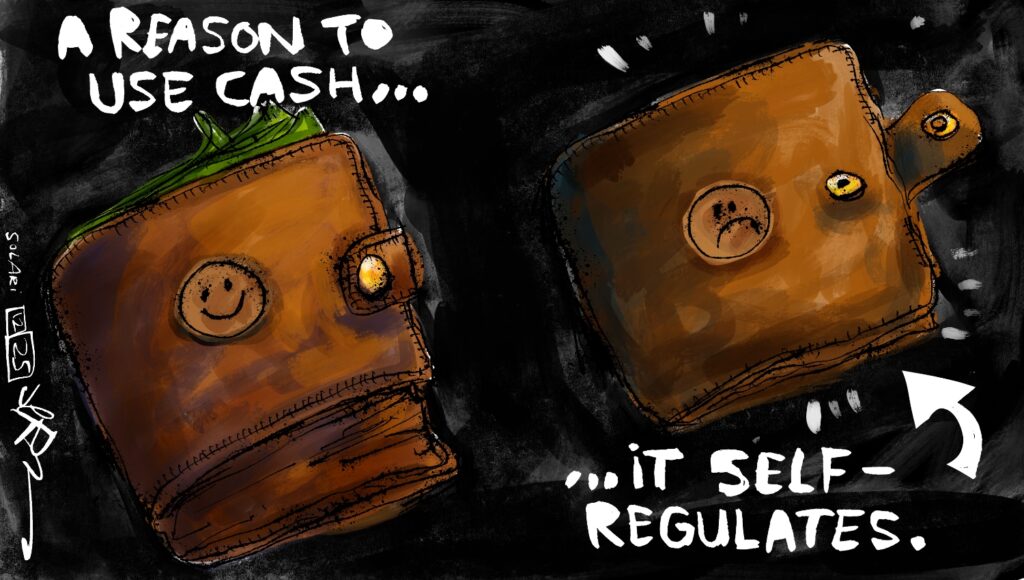


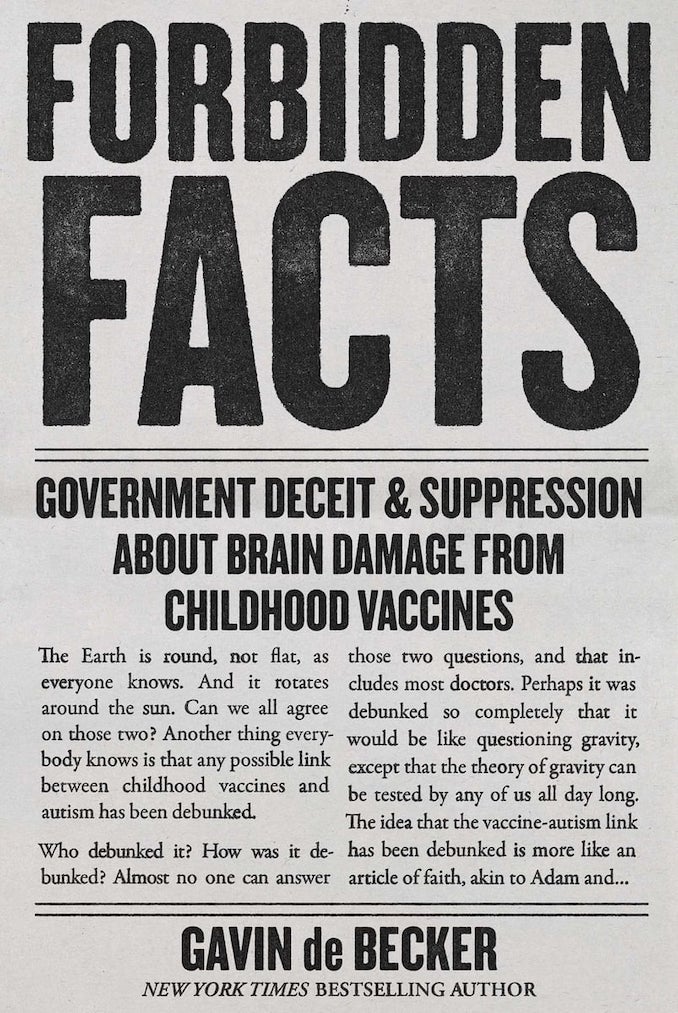
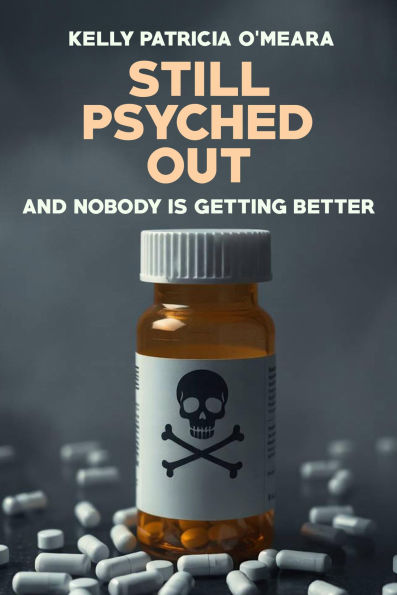
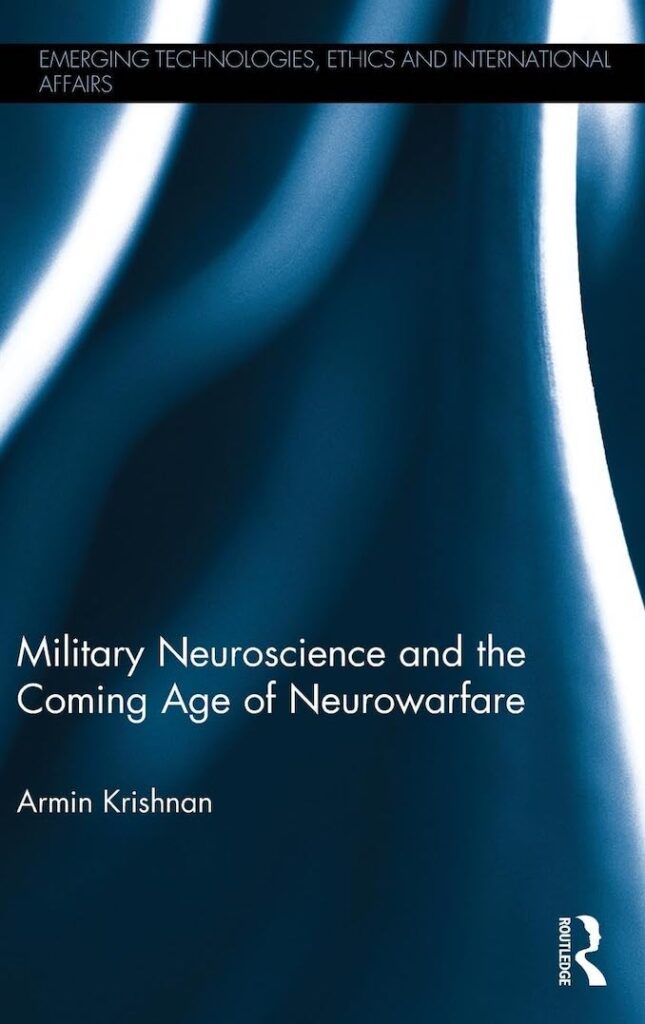











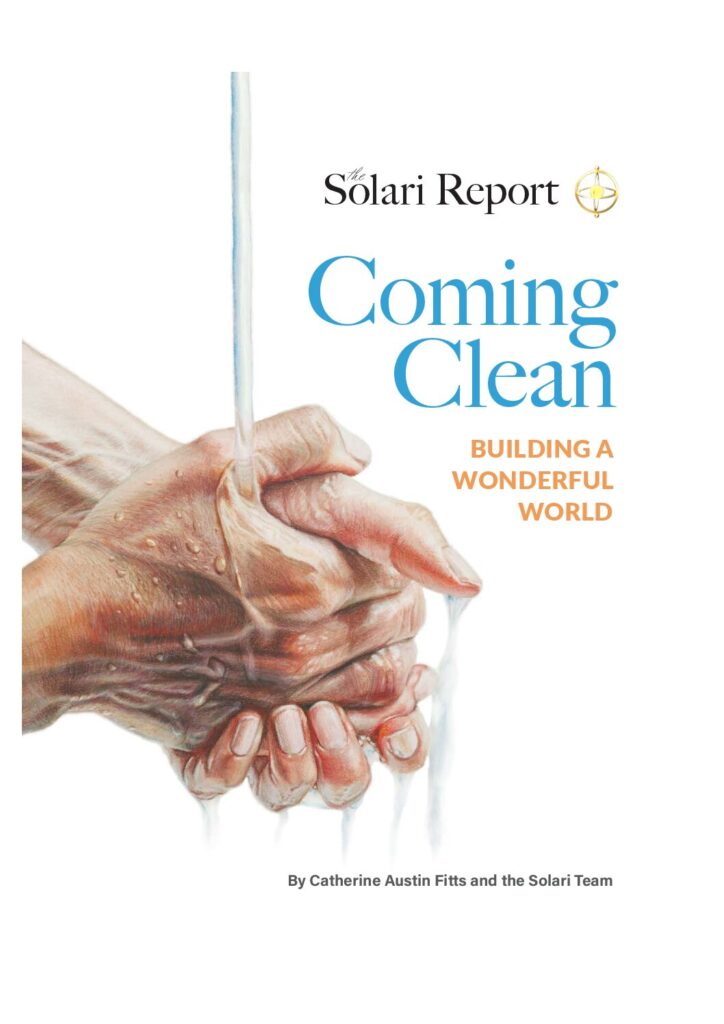

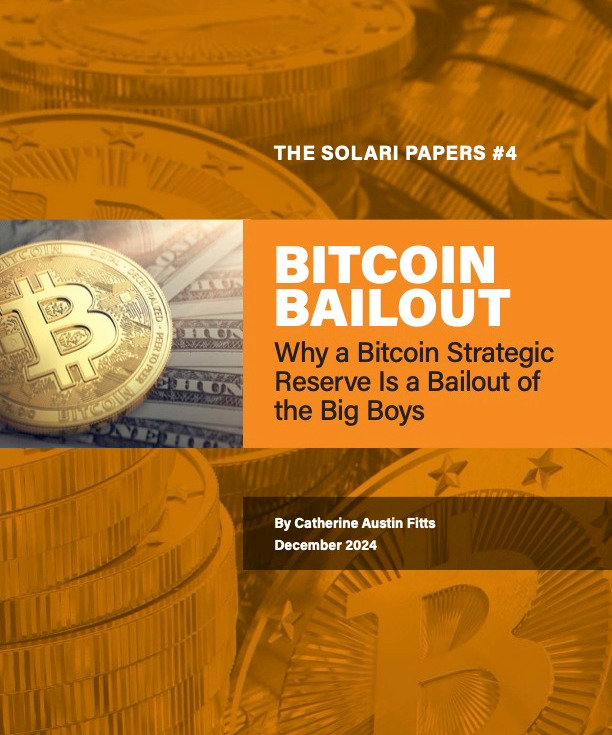
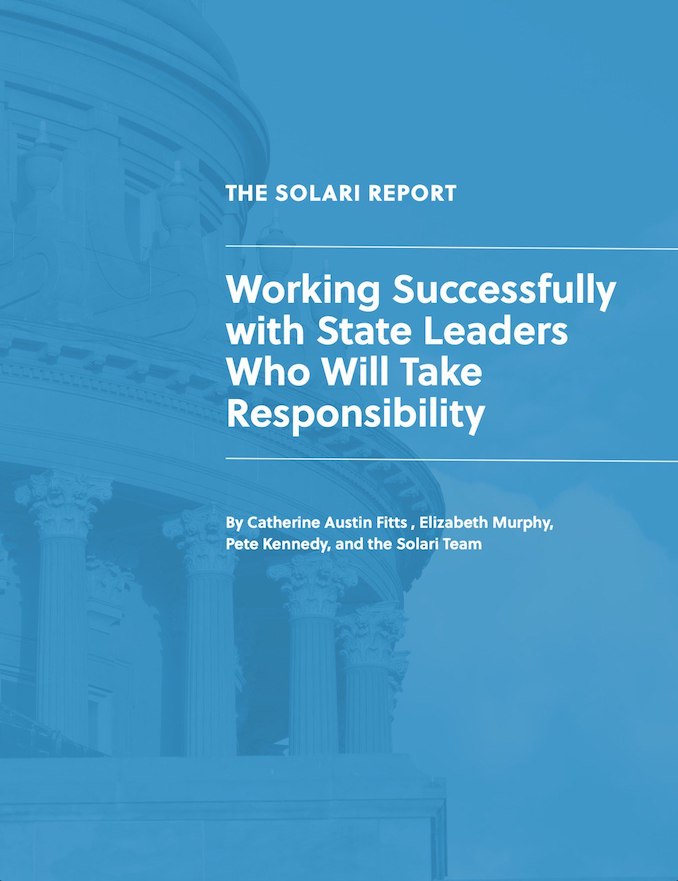
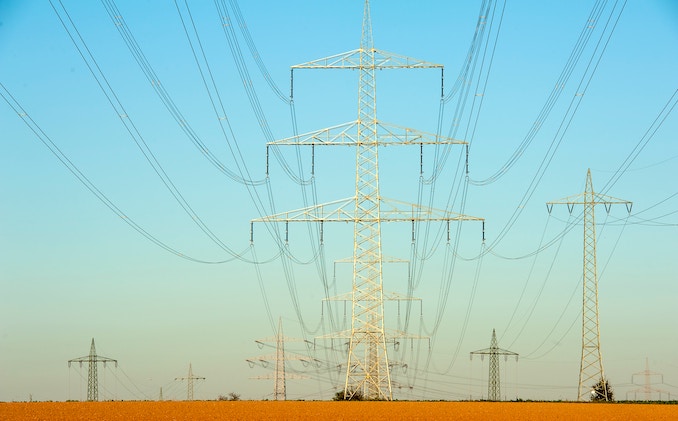

Not sure of some of the assertions regarding CO2 mechanisms. First of all water vapor is a much more important greenhouse gas compared to CO2, so even if the CO2 response is linear (which can’t be proven), it may not matter much.
Secondly, CO2 may not be acidifying the ocean because there are massive carbonaceous deposits on the ocean floor that exist in equilibrium with the dissolved CO2, so no matter how much CO2 gets dissolved in the ocean, it may just precipitate into those deposits and have a natural cap.
Lastly I can’t imagine an intelligent discussion about climate change without mentioning the Milankovic cycles, whose effect was corroborated by the Vladivistok ice core drillings.
Agreed other ice core data is available which should be considered. I would expect that vegetation levels would also tend to increase as supported by elevated CO2 levels, which would be absorbed and convert into oxygen and carbon-based food sources. Another equilibrium process.
I have to agreee with you and not Charles here.
Hi, Benjamin. I wouldn’t assert that there is very much going on in the atmosphere that’s linear, and given all of the factors involved (such as the massive increase in leaked refrigerants, each molecule of which is thousands of times more potent than CO2 and hundreds of times more potent than water as a greenhouse gas). And water exists in the atmosphere in a few forms, including ice crystals, liquid water, and H3O2. And I’m not sure all of the science is settled on that factor, either.
As for the oceans, I don’t believe the problem of acidification would be moderated at all by any sort of carbonaceous deposits – the problem is the formation of carbonic acid in the presence of highly polar salt molecules, which dissolves the calcium in the shells of molluscs, for instance, or doesn’t even allow the shells to form in the first place.
As I’ve tried to say, multiple times, climate change isn’t the most important reason to change how we conduct ourselves with regard to energy and other technology anyway. I believe we would be smarter to step up and look at more of the current energy system and its many other horrible impacts instead of debating endlessly about only one of the impacts. Charlie
An excellent and fascinating perspective. Thank you both! I am interested in Charlie’s opinion on some graphs I’ve seen showing the CO2 / Temperature ratio over the last 500,000 years where the 2 factors seem to show a slightly negative correlation. One such graph is here https://www.youtube.com/watch?v=lX1z_6pvM-Q : start at minute 12 for the graph.
In any case, I very much appreciate the elegant solution of returning to regenerative farming, as something that would tie us back to the real physical world, hollow out the ‘rackets’, and nourish us all at the same time.
Well, John, I’m not sure how the “temperature” numbers were generated. As it happens, we do know the atmospheric CO2 concentrations over that period, but there are no matching temperature records. Temperatures are all inferred, and how things are modeled determines what numbers you get, and how well and comprehensively you know all of the other Earth events that happened over that same period. There’s always that old saying – “all models are wrong, but some are useful.” And in our times, the meaning of “useful” has become rather fungible. One always has to ask, useful to whom? And for what purpose?
Western societies have been awash in propaganda and marketing, including the marketing of ideas and public policies. For the benefit of whom, primarily? So I tend to put my stock in the few real numbers we have and then be careful about knowing whose model it is in the background and who is paying for the model and modeling.
I know the fossil fuel companies modeled all of this long, long ago – in the 1960s and 70s. They knew back then that if the world burned all of the oil they knew about at the time, eventually atmospheric CO2 concentrations would rise, and eventually alarmingly so. Amory Lovins, an energy colleague of seriousness and intellect, was talking about this in his public talks in 1976. The fossil fuel industry, including Exxon Mobil and the Peabody Coal Company, by themselves, and as drivers of the Western Fuels Association, have invested hundreds of millions of dollars, first to demonize the idea that climate change was a threat, and when that didn’t work, that humans weren’t responsible for any of it. They’ve spent billions by now, and they’re still spending, and their message hasn’t changed. It’s just been picked up by others, so they’re in the background, promoting carbon capture, carbon credit, and ESG nonsense, in an attempt to monetize the problem and profit from the solutions, real or imagined.
So in a sea of propaganda, fraudulent science, captured regulatory agencies, censorship of what’s real and true, and the power of immense wealth driving the agenda – what the public is allowed to talk about – whose studies and information and data is one to trust?
Most of what we need to do to have an impact on the unfortunate climate trends, regardless of what you think they are or whether they’re there or not, is to not do things. Things that squander immense amounts of energy and resources, and things we shouldn’t be doing at all anyway. If we did all those things, we and all life on the planet would be healthier. This is a real problem for the rackets, because they’re making a fortune on creating the problems. Regenerative farming would eliminate industrial agriculture, along with its fertilizer (31% of industrial agriculture’s energy use); its vast array of poisons and all of the energy and resources used to produce, transport, sell and turn loose; a huge fraction of its diesel fuel use, and the management overhead of all of this on a national and international scale. Small-scale, local family farms would feed us. Our animals would be healthy so our meat supply would be healthy and humanely raised, in a healthy ecosystem. If you want to listen to how that works, listen to Joe Rogan’s interview with Will Harris, the farmer who owns and runs White Oak Pastures in Georgia. Extraordinary. It needs to be commonplace.
We would all be healthier because our food would actually be nutritious and without poisons. So there goes the ill health business model of Big Pharma. And a lot of the healthcare industry would dry up because business would be way down. And then there are the violence rackets, who directly (in War Department operations) and indirectly (to power the arms industry) use almost 15% of our energy.
When you start unwinding the rackets – the Dark Side’s system – I believe what climate impacts humans have been causing would solve themselves. Living in harmony with the natural world, which is the only force on Earth that reduces entropy, would automatically reduce the harms humans cause to life and its prospects on Earth. All of them, including climate change.
So let’s talk about how to redesign the system so we don’t have to debate about climate change. Just remember that every single thing the racketeers say about climate change, and everything they say they’re doing in response, is a lie. Part of the tidal wave of propaganda and deceit and Ponzi swindles that we’re swimming in right now. We could design them out. Charlie
The assertion that Exxon and their ilk are funding anti-Co2 science, is at least not what Svensmark has experienced – rather his science is being defunded all around – despite his impressive findings.
Charlie, I’m in Austin, TX. Place based decisions questions… Regulation at United States states:
Any best and worst and then any comment about Texas?
FYI: Texas left a highly regulated market a while back and of course rates are up but Austin Energy is a city entity…public utility so we think that’s great. We’ve missed brown out close calls a couple of times in the last week with Texas Ercot centralization for efficiency.
Below is for subscribers fyi. Thanks for being you Charlie!
https://www.ercot.com/gridmktinfo/dashboards
Last Updated: Sep 8, 2023 16:59 CT
Current Generation
Solar
11,861 MW(14.2%)
Wind
5,498 MW(6.6%)
Hydro
166 MW(0.2%)
Power Storage
299 MW(0.4%)
Other
105 MW(0.1%)
Natural Gas
48,716 MW(58.5%)
Coal and Lignite
11,686 MW(14.0%)
Nuclear
4,937 MW(5.9%)
How did Charley Stevens develop energy for a living , electricity, automobile fuel, just normal daily, living necessities? My family and I which is extensive I thinking of buying land in the lower part of the mountains, foothills and building a complex were researching it now.
We are going to record a Part 3 with Charlie this month on “What can I do?
I simply can’t take seriously the assertion of a trace gas like co2 changing the climate with correlational argument alone. Graphs I have been presented with have shown a lag in co2 concentration to temperature change – the inference being that it’s the change in temperature that’s the cause of co2 concentrations. Also the correlation is in many graphs not always there.
I guess all I can say here is that not all molecules are equal, no matter the trace amounts. Your own lungs are highly sensitive to all of the trace gases we encounter, but in different measures. Even the same molecule responds differently to the incoming visible and UV radiation than it does to the outgoing infrared radiation. Water vapor is also a trace gas in the troposphere, but has a large impact on the balance of incoming and outgoing energy. Let’s face it, compared to oxygen (21%) and nitrogen (78%), every gas in the troposphere is a trace gas. Refrigerants have thousands of times the atmospheric impact of CO2 per molecule, but even they’re in the troposphere in trace amounts – less than CO2. This is just very old physics – from the 19th century, and the fossil fuel companies knew all of this in the 1960s. They’ve invested billions since then to fill the dialogue on these issues with nonsense – lies, omissions, and deceit. Most people don’t have the technical ability to sort out what’s true and what isn’t.
Some of us, who started studying this particular part of physics in the 1970, were able to learn a lot of the science well before it became a political issue and the world was awash propaganda. For the record, there are no temperature measurements – only models – unless you restrict the analysis period to about 100 years. Prehistoric temperature numbers are inferred, and how they’re inferred depends on who’s doing the modeling, and what answers they want. You may or may not have noticed that exactly the same thing has been going on with the COVID racket for the last few years (well, actually, way before that). The answer you get depends on who’s asking (and paying), and what the goal is. Remember the UK model that said millions would die?
So I’m focused on getting rid of the waste and destruction rather than arguing about whether or not one of the longer-term impacts exists. We’re all being poisoned, debilitated, killed, and terminally medicated in the short term, and consuming vast amounts of energy and resources for those purposes. Maybe we should stop it. Charlie
Ah….yes, like not working for the companies doing it or financing them etc. Crowd and their pocketbooks can WALK AWAY!
Yes, I agreee, they’re inferred, they’re proxies. However they can, as I noted in another comment, be corroborated by forensic evidence, such as archeological findings, and also the temperature pattern of the last 100 years serves as an external criteria for vetting the proxies, that are used to establish the patterns before our direct measurements.
I was set to be a part of a climate lecture today with astrophysicist Henrik Svensmark, who’s shown hos big the solar impact is on the climate compared to other factors.I’d love for you to have him on.
https://www.youtube.com/watch?v=PhdsZHHNy8k
I’ll take a look, Martin. Thanks for the link. Charlie
Wonderful, thank you 🙂
Allso I would love for Charles to respond to Svensmarks lecture.
After revisiting the research of astrophysicist, Henrik Svensmark, I urge everybody in here to see his lectures on the role of sun variability on cloud forming and global warming.
I venture, that his research IS the missing link in an integrated climate understanding, and provides a crucial set of scholarly arguments against anthropogenic climate change:
https://www.youtube.com/watch?v=PhdsZHHNy8k
Well that’s too bad, but not surprising. The same international crime syndicate that’s poisoning us all, confiscating property all over the Western world, destroying our food supply, locking us down, imprisoning us in 15-minute cities, and setting us up (with CBDCs) to literally enslave us all has weaponized climate change to justify all of their totalitarian transitions. This doesn’t mean that climate change doesn’t exist, or that humans aren’t causing any of it – that isn’t the lie. The lies are everything thing they claim to do doing about it. Nothing they’re doing would ever address climate change. The things that would dramatically reduce our impact on the climate are things that would end their rackets, so they can’t possibly allow that. And anyone who threatens the idea of climate change, and takes away that particular stick with which they’re beating us is a target for de-funding, denigration, de-platforming, and disappearing. No big surprise.
As I keep trying to suggest, our best strategy is go after their rackets for reasons that have nothing to do with climate change, which is what I hope to talk about in Part 3. Charlie
Hi again, Martin. I watched Dr. Svensmark’s talk and enjoyed it very much. As a systems engineer, I seldom spend time learning about “the system” at the cosmic scale, and it’s always a pleasure.
I’ll make a few observations. First, he’s talking about very large cycles that occur at a rate (based on his data) of about 8 per 500 million years. The cycles are large. Each cycle takes many millennia to evolve and then many more millennia to reverse. What most climate scientists are concerned about today is that changes that are starting to look like they’re of that magnitude are happening in a matter of decades. Something is driving the significant change in time scale.
He suggested that CO2 had been stable at 280 ppm over many millennia. According to the Greenland data I’ve seen that’s not true. the 280 figure is the average of the range (240-320 ppm). It’s easy to discount CO2 if you believe that it’s constant while all of these cycles are going on.
And last, all of his cloud-related data that he cited (within the last 100 years) completely ignored the millions of tons of material dumped into the atmosphere for decades now that absolutely manages the cloud cover in the northern hemisphere, and if you haven’t been read in on that, a lot of the correlations and observations one makes will have no relation to what the weather and climate situation would be in the absence of the weather engineering. I watch them manufacture a complete high altitude overcast in a matter of a couple of hours, in place of what started as a clear sunny day. The temperature impacts are notable – clouds reflect about 21% of the incoming short-wavelength solar energy and absorb about 3%. That’s a big deal on an otherwise sunny day. The cloud nuclei being used are typically aluminum nano-particles – Welsbach particles. Some of the early patents (of the few I know about) trace back to Lawrence Livermore Lab in CA, in 1991. But the weather engineering has been going on since the 1950s. I have a 1996 Air Force paper on engineering weather as a “force multiplier.” They can, and have, dissipated typhoons, intensified and directed hurricanes (like Ian recently), created incredibly localized high velocity wind patterns, caused blizzards and downpours – all of the things the racketeers claim are caused by climate change. The fact that they’re causing all of it doesn’t mean that climate change, some of it human-caused, isn’t happening. It’s just not the most immediate threat to the lives and livelihood of most of us. They’re attacking us on many fronts and most people don’t realize we’re in a war. We really need to come together and focus on that. Redesign the system. Charlie
A ten minute basic overview of space weather – what it is, and how it impacts us.
Ben also focuses on cyclical catastrophe theories, and that info has a playlist on his channel. It’s a lot to absorb, but I would love to know your thoughts on this stuff.
I’ve noticed a few other Solari folks also follow Ben’s work. I’m guessing we’d all be interested in seeing you chat with him.
Thanks again for your work. I’m still catching up on your conversations, and perhaps i missed this part.
https://youtu.be/UDKKhNFiXjY?si=vgSYDgujmHW4LRRR
Video part two
https://youtu.be/sovzVS_NOOU?si=oa8NNpNQbTBKO4BQ
Hello. Charlie, would you mind reviewing a couple of very short (3 minute) videos, and helping me understand the errors in this theory.
I’ll attach first video here, and next two below.
Thanks in advance.
https://youtu.be/y3lTgb6V458?si=8nKrqC1TSMKc3ftu
About the 280 ppm level, there seems to be consensus about that level being more or less stable from 265 to 280 ppm during the holocene.
“Over that time, CO2 levels increased to 265 ppm, which was about 1 ppm every 125 years. From 10,500 years ago to the year 1850, CO2 levels slowly increased to about 280 ppm, an increase to which early humans are thought to have contributed with the development of farming and the slow deforestation of forests over time.”
https://climate.nasa.gov/faq/55/how-might-earths-atmosphere-land-and-ocean-systems-respond-to-changes-in-carbon-dioxide-over-time/
So if NASA is right in their premise, the argument holds; the low variability in CO2 doesn’t fit the higher variability in temperature in the same period. And there shurely must have been a higher temperature variability, since the earth was moving from the end of an iceage through an interglacial period.The forensic evidence in glaciation supports this.
“It’s easy to discount CO2 if you believe that it’s constant while all of these cycles are going on.”
Certainly, but it’s also the other way around. You might very well overestimate CO2, if you don’t factor in cosmic rays. The role of CO2 as a climate culprit would diminish quite a bit when you factor in the cosmic rays as function of solar activity and the clouds as a function of cosmic rays. You can’t have serious climate models without this as a factor. And right now, that’s what we have. And noone in the UN or the IPPC seems interested in factoring it in.
“The cycles are large.” Well yes and no, Svensmark has demonstrated the effect on several time scales – down to solar bursts. At 11:15 Svensmark shows the intimate correlation between cosmic rays and cloud cover over a 25 year period and over a at 19:40 35 day period. In both cases there are heavy correlation with delay, suggesting causation. To prove the link between cosmic rays and clouds ought to be enough to demonstrate the link to temperature, since the high contribution of clouds to temperature aren’t disputed – even by the IPCC.
Now I don’t dispute that the military industrial complex is seeding and thus creating clouds as well, but were their contribution as large as the cosmic, there surely wouldn’t have been such a intimate pattern of correlation as is the case?
On a weather scale, I’m sure that the military can accomplish some tricks, but on a climate scale I’m less convinced.
Had the weather modification impacted the climate in the way you suggest, it would have muddled the correlation between cosmic rays and clouds, and we wouldn’t have this very impressive – almost isoform – correlation then.
Despite Svensmark’s impressive publications and findings, his research is being defunded, his professorship has been denied and he was almost fired from Danish Institute of Technology. His first findings arrived at the same time as a huge UN Climate summit, and they evoked great hostility from the UN. I also recommend this interview with Svensmark:
https://www.youtube.com/watch?v=sZBWEKCW2Fc